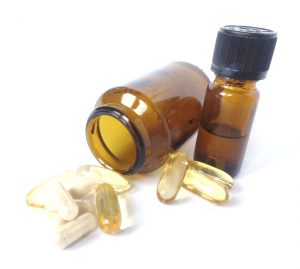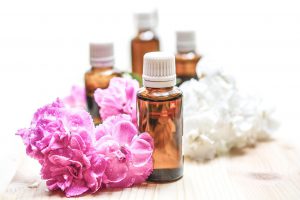
Many integrative and conventional doctors are familiar with NAC (N-acetylcysteine). This natural substance is indicated as an intervention for treating liver toxicity resulting from the overdosage of the over the counter pain medicine, acetaminophen (Tylenol). This is due to its role as an antioxidant that restores glutathione and prevents damage from the formation of the toxic metabolite N-acetyl-p-benzoquinonimine (NAPQI).
Recently, I have come to appreciate NAC for more than its role as “liver protector” and “defender” of free radicals that cause havoc to our cellular physiology. Specifically, I have become intrigued with its current off-label use for psychiatric disorders. This had me exploring the implications of using it to aid in the relief of a very misunderstood and heavily stigmatized population in healthcare. Fascinated, I wanted to know more about how it worked.
On my recent post, I begin with a definition of NAC, its common mechanism, and a non-nerdy explanation of oxidative stress and free radicals. I also start the discussion on how this antioxidant provides evidence of how natural products and essential oils work by more than one mechanism and their holistic applications.
Click here to learn more and access the many references.
Interested in Learning More About Essential Oils Or a Consult with Me?

Learn More and/or Sign Up Now to Be on My Waiting List!
Want to Learn More About Essential Oils and/or Working with Me as a Client?
Visit my website here and make sure to sign up for my mailing list!
This material is for information purposes only and is not intended to diagnose, treat, or prescribe for any illness. You should check with your doctor regarding implementing any new strategies into your wellness regime. These statements have not been evaluated by the FDA. (Affiliation link.)
Disclaimer: This information is applicable ONLY for therapeutic quality essential oils. This information DOES NOT apply to essential oils that have not been tested for purity and standardized constituents. There is no quality control in the United States, and oils labeled as “100% pure” need only to contain 5% of the actual oil. The rest of the bottle can be filled with fillers and sometimes toxic ingredients that can irritate the skin. The studies are not based solely on a specific brand of an essential oil, unless stated. Please read the full study for more information.



